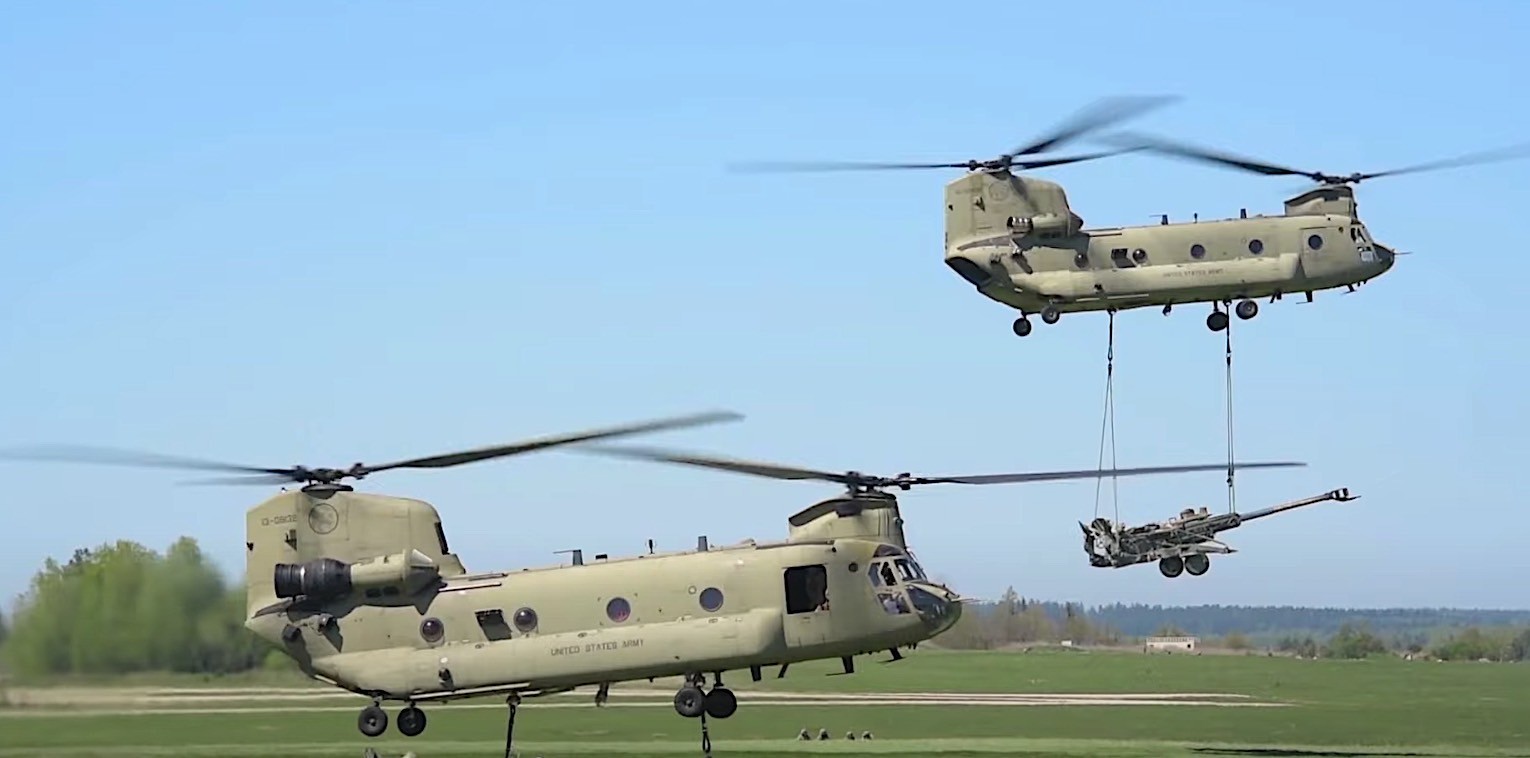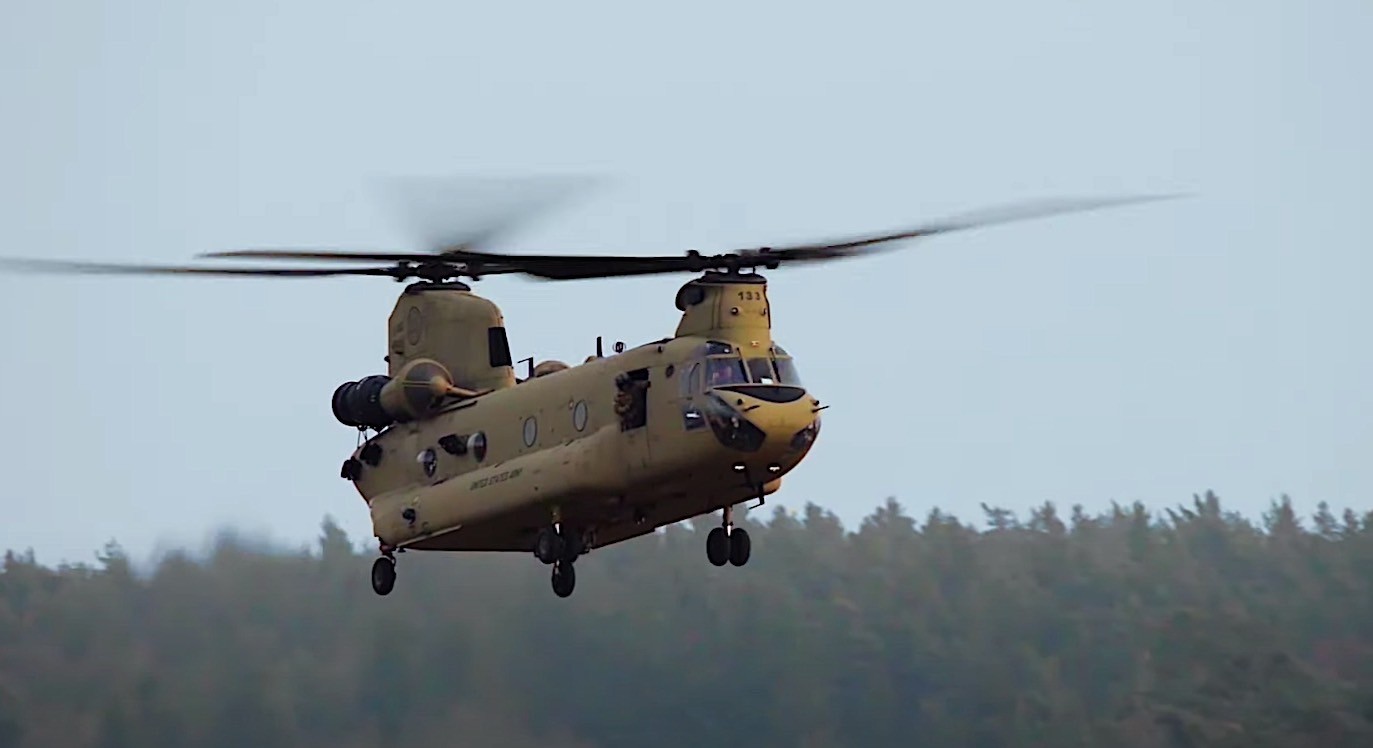Among military helicopters, the CH-47 Chinook stands out for its unique design and prowess in precarious landings, earning it the nickname “king of pinnacle landings.”
Despite its veteran status the Chinook took flight in 1961 and entered service a year later it remains a vital workhorse for the U.S. Army.
The secret lies in its twin-engine tandem rotor configuration, enabling it to haul a massive 26,000 lbs of cargo.
Powered by Lycoming (now Honeywell) T55 turboshaft engines, each kicking out 4,732 horsepower, the Chinook has seen limited modernization over the years.
However, a recent upgrade program from Boeing, called Block II, aims to breathe new life into the CH-47F Chinook fleet, enhancing its capacity and range.

While the core T55 engines remain the same, modifications will allow the Chinook to haul an additional 4,000 pounds of cargo and reach a greater maximum weight.
This boost in capacity translates to enhanced mission capabilities, particularly in hot and high-altitude environments.
The Block II upgrades extend beyond the drivetrain, with improvements to the airframe, fuel system, and rotor system designed for increased durability, lower maintenance costs, and improved efficiency.
The first modernized Chinook was delivered to the US Army in June 2024, kicking off a large-scale effort to retrofit a total of 465 helicopters.
While the exact timeline for completion remains undisclosed, the Block II program is designed with future advancements in mind, ensuring the Chinook’s continued service for years to come.

